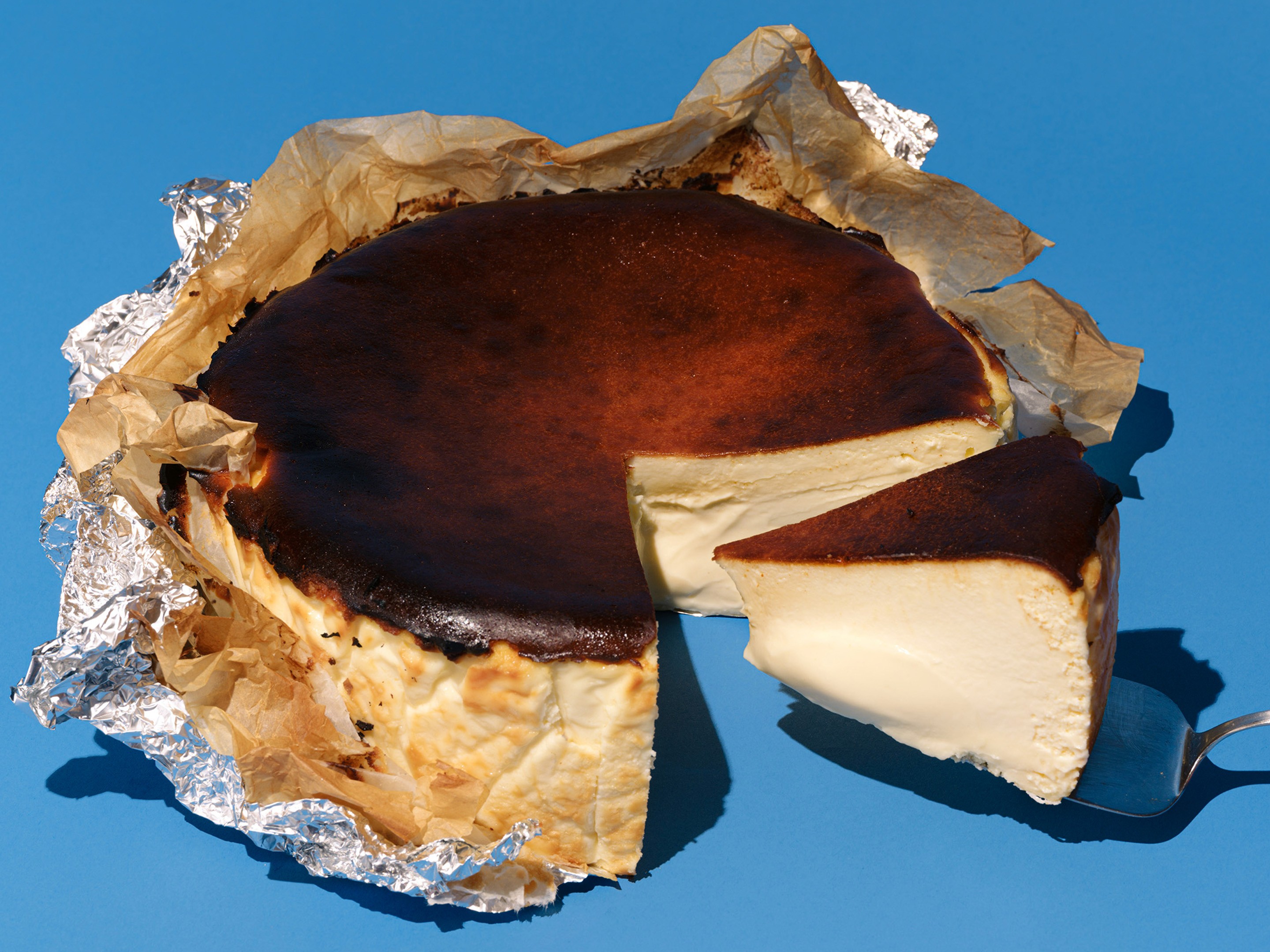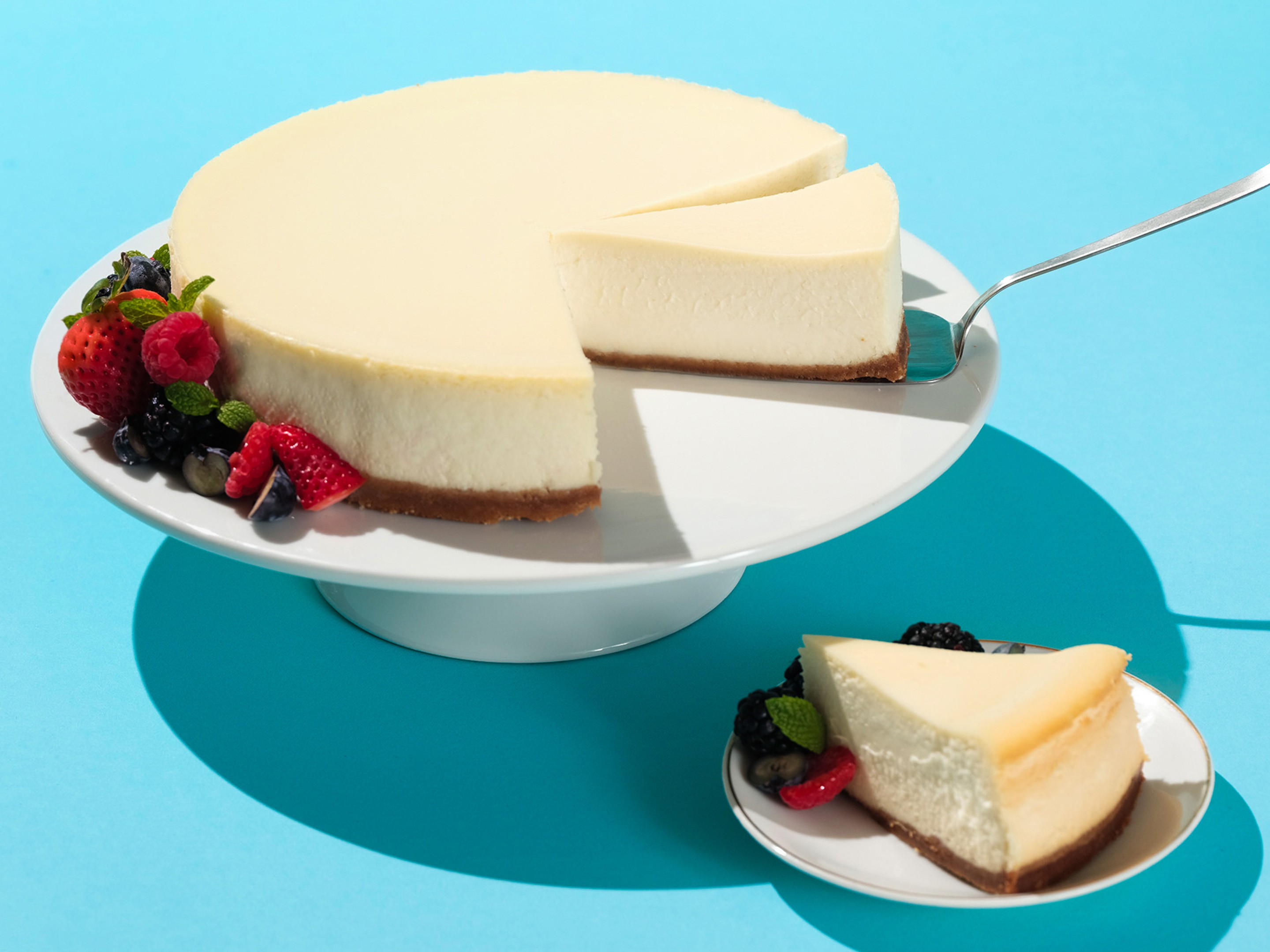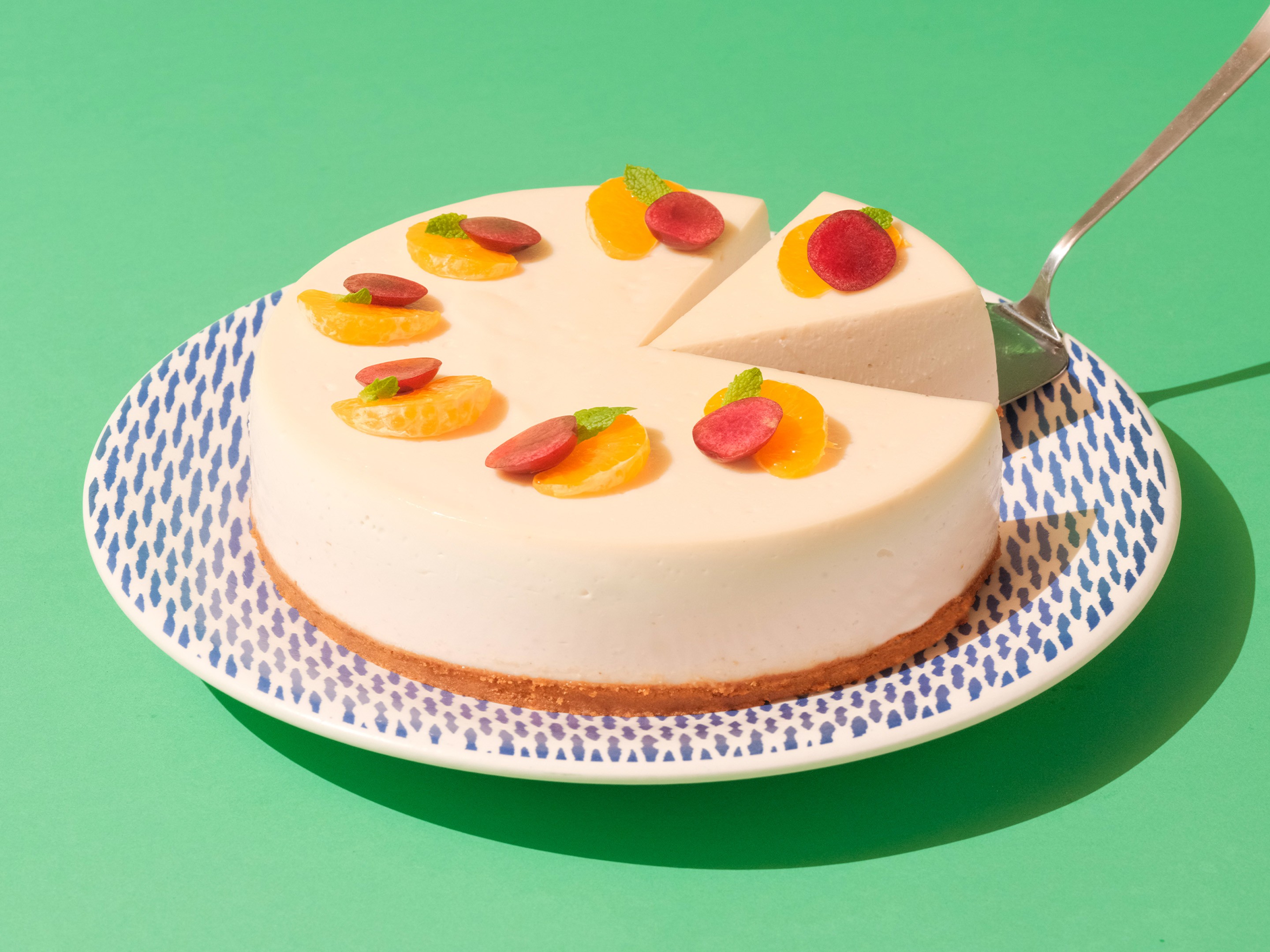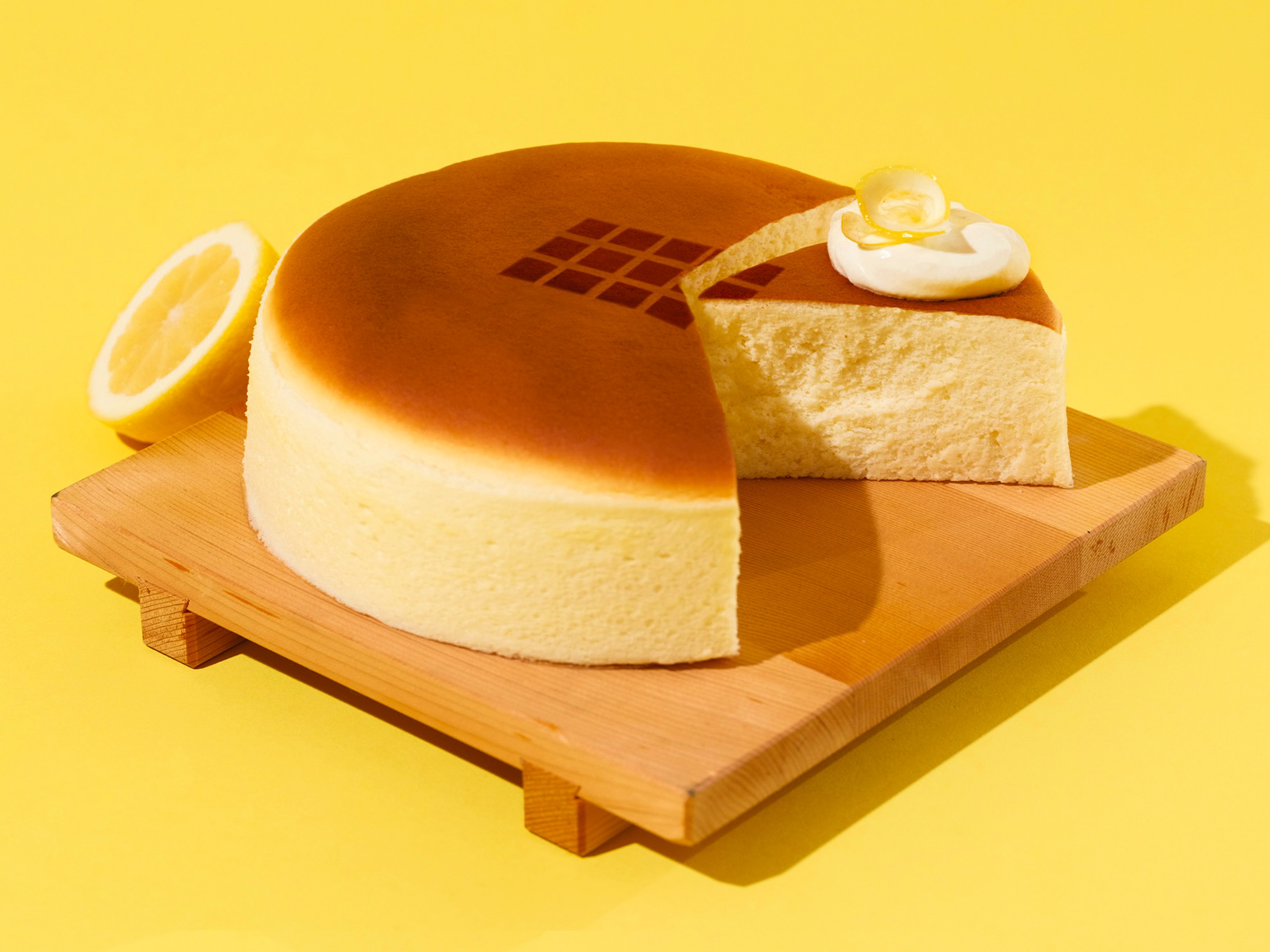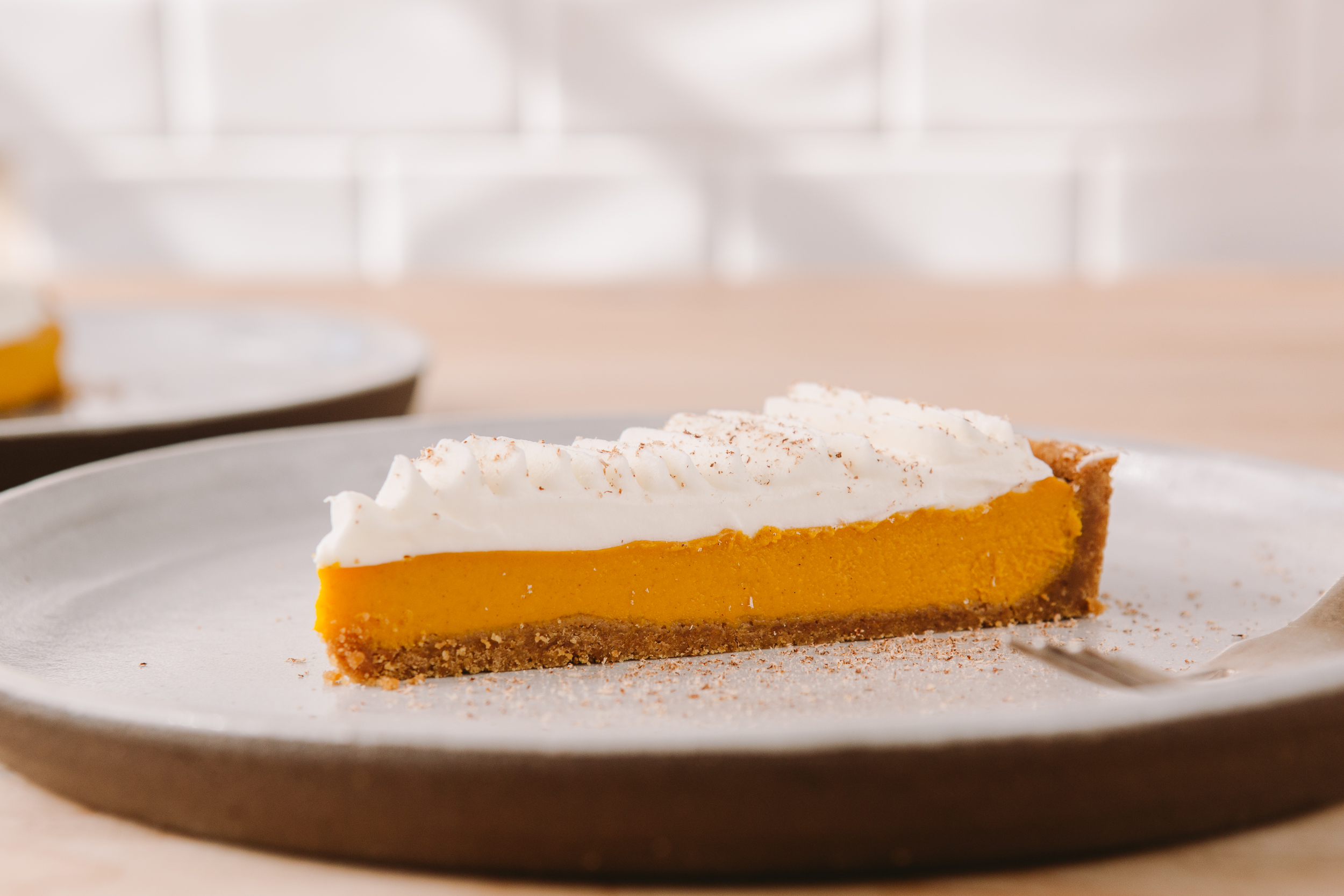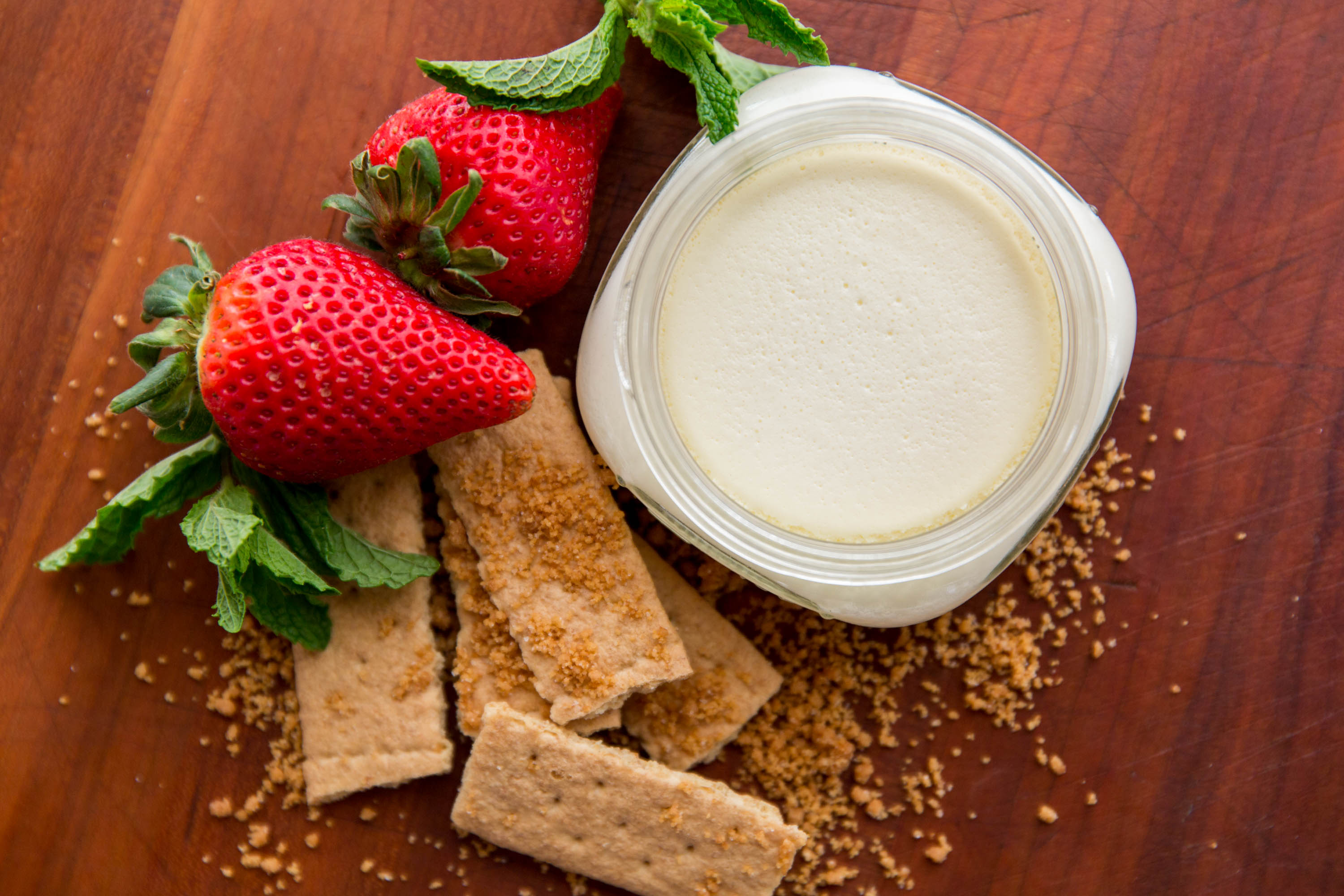Grant Crilly
Nicholas Gavin
Tim Chin
Leah Cohen
Jonathan Zaragoza
Kevin Smith
Joe Yim
Eric Huang
Grant Crilly
Grant Crilly is the Executive Director and cofounder of ChefSteps. Grant is a classically trained chef and, prior to ChefSteps, he worked on the award-winning cookbook series Modernist Cuisine and cooked at various restaurants, including L’Astrance in Paris, Busaba in Mumbai, and Mistral Kitchen in Seattle.
